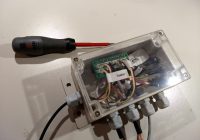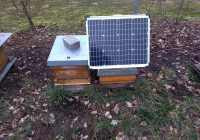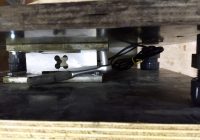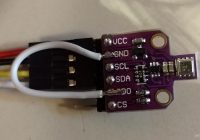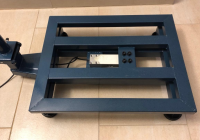Neue Platine (v2) für Raspberry Zero
Es gibt eine großartige Neuigkeit! Michael Drewitz hat die vergangenen Monate damit verbracht eine neue HoneyPi Platine zu entwerfen. Sie ist aus eurem Feedback entstanden. Generell ist es für den HoneyPi Versuchsaufbau nicht notwendig aufwendige Lötarbeiten zu verrichten oder eine Platine zu verwenden. Dies wird in diesem Beitrag erläutert. Jedoch vereinfacht die Platine das Anschließen der Sensoren durch… Read More »



